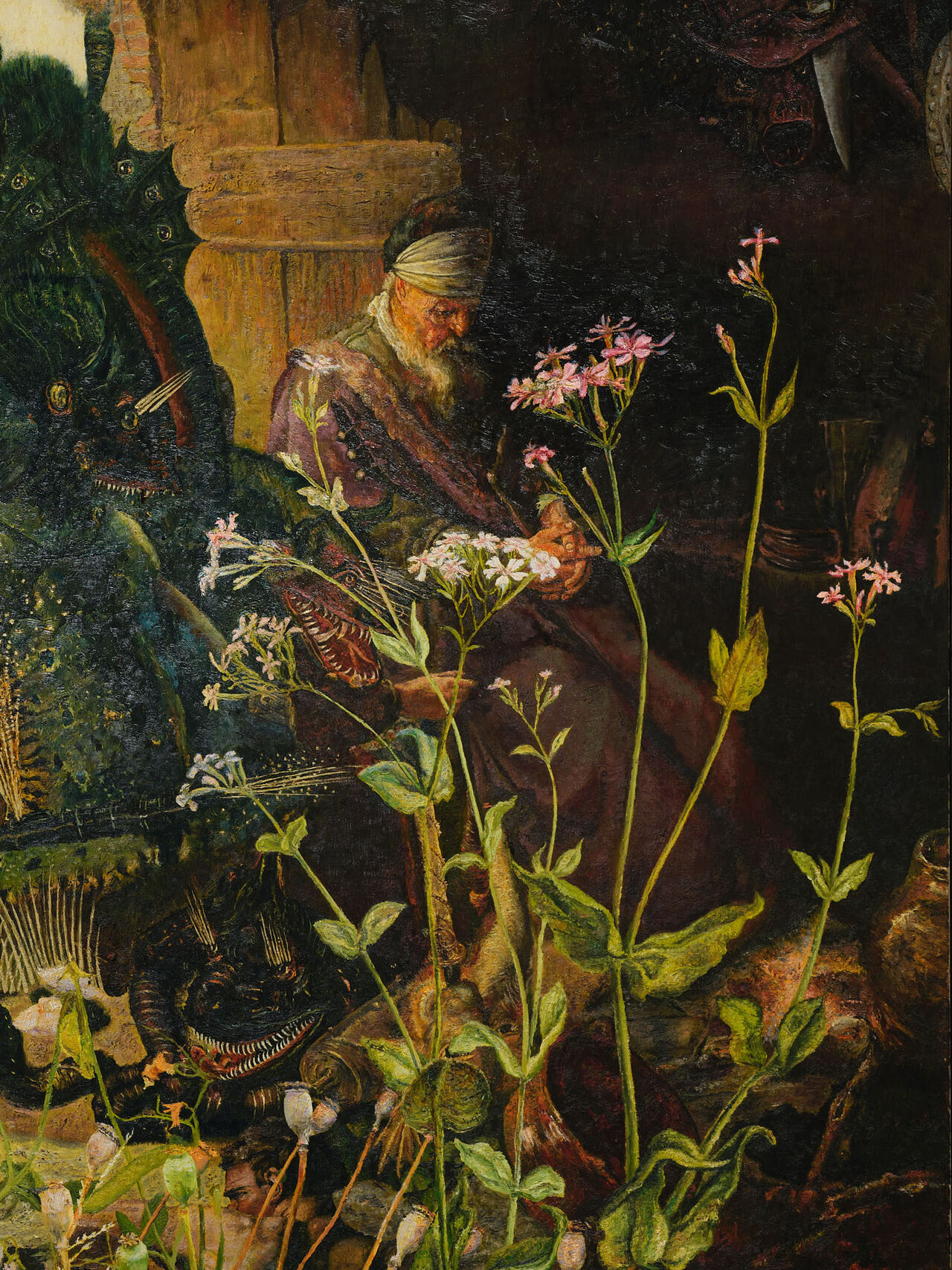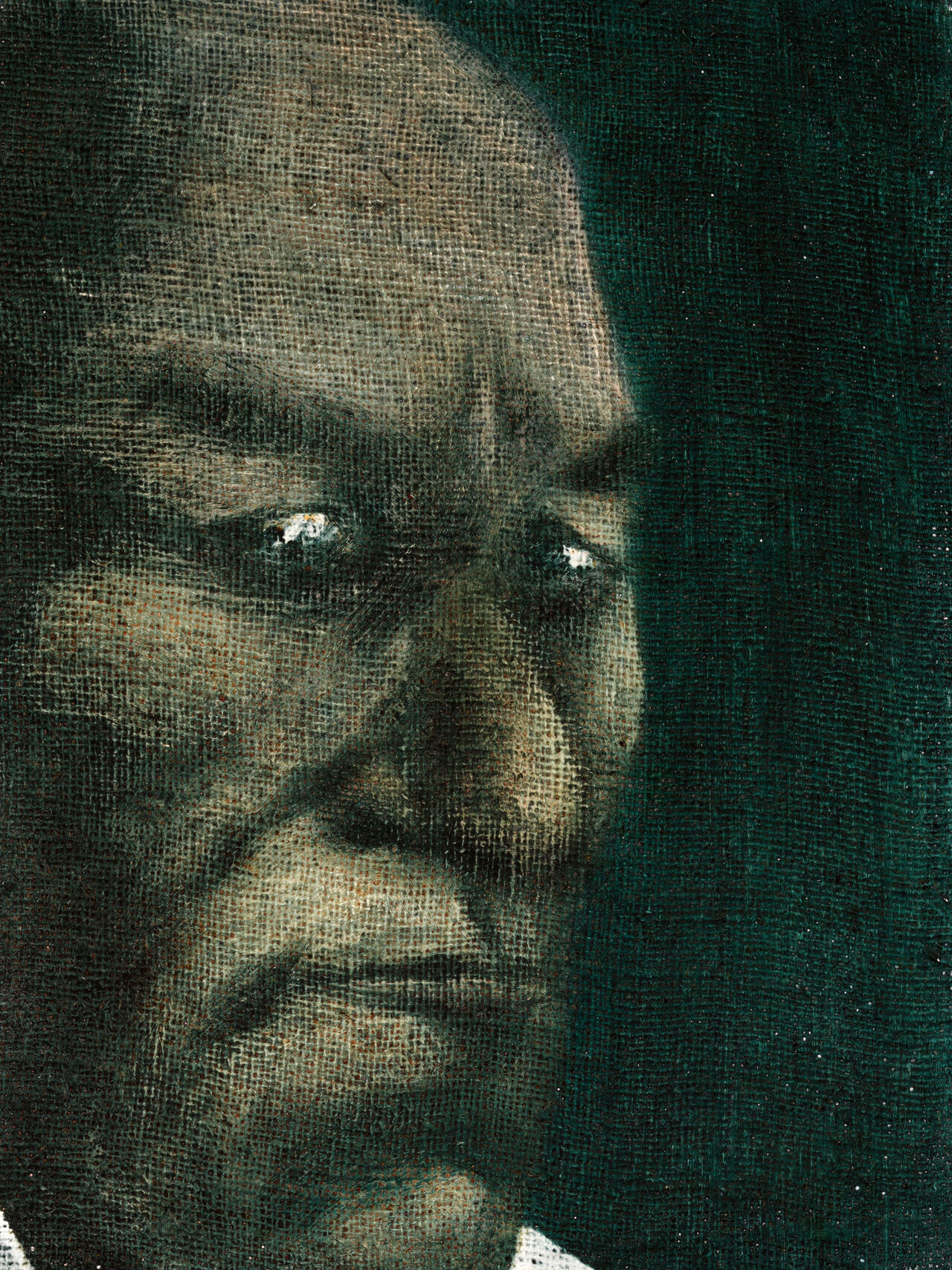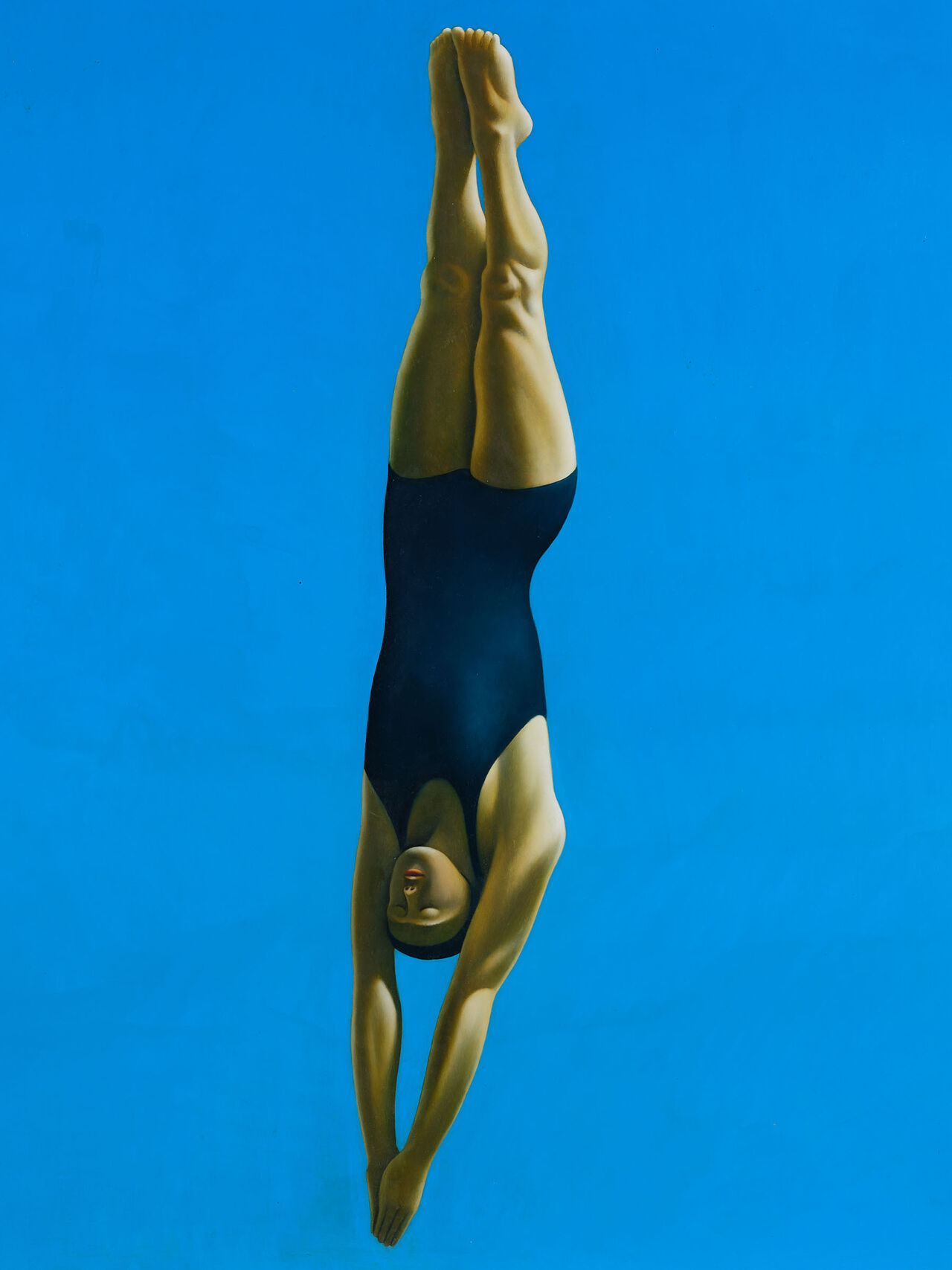Richard Killeen 'Man, Land and Sky'
Kriselle Baker
Essays
Posted on 5 August 2025
In 1967, Richard Killeen was beginning his career as a painter. He had a studio in Newmarket and had recently graduated from the Elam School of Fine Arts at the University of Auckland. The New Zealand art world at the time was preoccupied with the landscape and the necessity of creating a specifically New Zealand style of painting. A style that would become known as Regional Realism and that would speak directly to and about who we were or might become as Pākehā New Zealanders.
What developed through the 1930s to the 1960s was a hard-edged style of painting with what was considered the depiction of a distinctive New Zealand clarity of light. Some of its major proponents were artists such as Rita Angus, Don Binney, and Michael Smither. As a student, Killeen would have learned from these earlier painters, but his work and theirs were also a distant response to American Pop Art.
Colin McCahon had been Killeen’s teacher at Elam. McCahon was then the master of the New Zealand landscape tradition. McCahon had asked Killeen to work as his assistant on a commission for the Chapel of the Sisters of Our Lady of the Missions in Remuera. This was an influential time for the young artist; however, to McCahon’s dark hills against a light sky, Killeen was to add an ‘inflection of foliage and cloud’, textures that were to break with the smooth rolling hills of McCahon’s landscapes.
These elements of mid-century New Zealand painting and influences are evident in Man land and sky, 1968. The stippled bush of the hills, the cloudless blue of the sky, and simplified forms of the figure speak as much to the era of Pop Art as to New Zealand Regionalism.
We read the figure in Man, land and sky but also the landscape in equal measure. Not only do we see the vegetation beyond the figure, but also, behind us the viewer, the hills as they are reflected in the man’s glasses. He is a man with a landscape in his vision, and within that vision, in addition to the hills, there is a hint of soft cumulus clouds. Clouds that herald good weather and the long, lazy days of a New Zealand summer. There is a sense of warmth in the image. A smiling man in a loose white summer shirt and aviator glasses. He is a figure that engages us directly. There is a sense of ‘mateship’ and rural life. Viewing this work from this time and distance, we can’t help but overlay a nostalgia and longing for what seemed a simpler time.



